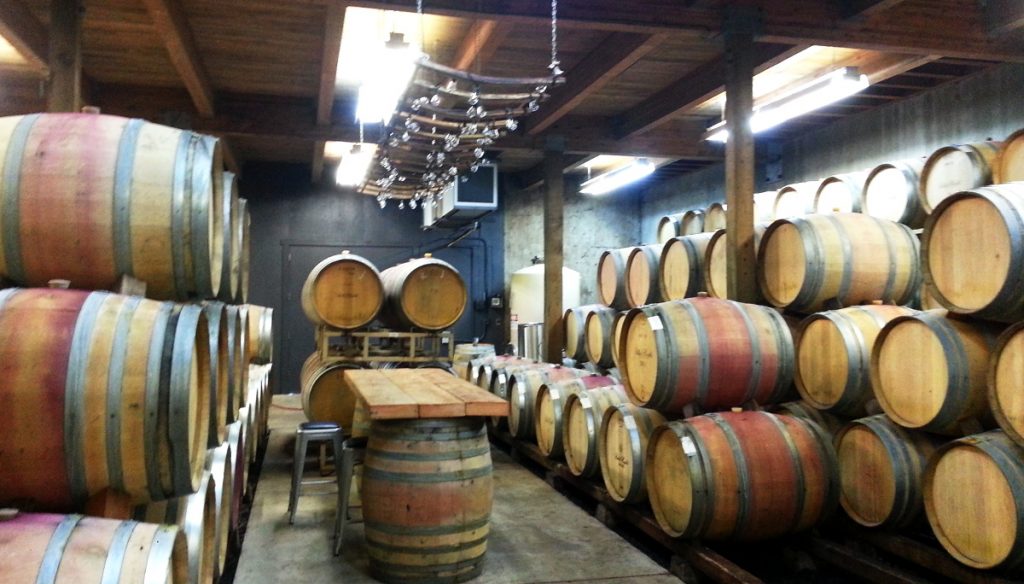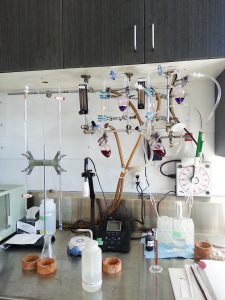
Whether you had the harvest season you’ve always waited for, or you’re just now stabilizing those wines from an unideal vintage, maintaining post-harvest momentum is a challenging thing.
The crunch time of harvest is draining: physically tiring and emotionally taxing. If you didn’t take good notes through the harvest season, it can be difficult to piece together what has happened to some of your wines and the direction they may be heading. However, now is the time to really pull through full steam ahead.
-
Do a Harvest Review
While this is routinely forgotten, it is a great idea for the winemaker to have a cellar staff meeting and review what happened during the harvest season. These details are quickly forgotten post-harvest. Furthermore, depending on your staffing structure, the winemaker may not have been aware of specific issues that routinely popped up.
If you had a year that was less-than-ideal, now is a great time to jot down some notes on what production treatments “worked” and which ones you should avoid the next time you have a challenging vintage year. It may also be an ideal time to get some ideas on what to do with wines that do not represent your brand’s quality.
Review harvest issues, if anything consistently went wrong (e.g., stuck fermentations, problems with the glycol chiller, issues with grape growers or grape contracts, inventory issues, etc.). Question your employees to see if there was some way those issues could have been better addressed.
While I know most of us would rather put this time behind us, taking some time to dive into the details of the harvest season can make a huge difference for operations during future harvests. Plus, it shows employees that their hard work is not taken for granted.
-
Follow Through with Wine Analysis
When I worked for Penn State, we were often backlogged with wines to run for analysis. One year, we had almost 40 wines to analyze for post-MLF

analysis (pH, TA, % alcohol, VA, malic acid content, free and total sulfur dioxide concentrations). These things can take a while to complete. However, it’s essential to block some time to complete post-primary and post-MLF analysis as these two time points provide baseline readings for many analyses. They can be keys that determine when something goes wrong. Often, the analysis results identify trends across the entire winery.
If you don’t know how to interpret wine analysis, or know you need assistance in creating your winery’s wine lab, DGWinemaking has solutions for you. Consider joining our community and having an enologist (me!) on hand to help you through winemaking science.
-
Update Your Records
Now is a great time to update your production and analysis records. Whether you’re using an Excel spreadsheet or savvy wine production software, making sure you have all of your production and analytical results in one place can save you from confusion later.
Having a database for records is a great way to make analysis results convenient. It’s easier to keep track of sulfur dioxide additions or a problem situation.
Furthermore, for FDA compliance, it’s best to spend some time these next few months reviewing your current standard operating procedures (SOPs) and sanitation standard operating procedures (SSOPs) to make sure they reflect your actual production practices. Review and update any employee training records that have expired. Once you complete these tasks, create a spreadsheet to document that you have completed your annual review of FDA documentation. DGW Community members can find great FDA compliance reminders in several Cellar Tools, including the Post-Harvest Prep Production Guide.
If you’re completely confused about FDA compliance, you can check out our FSMA Compliance Videos online!
-
Start Budgeting for the New Year

After completing your harvest review meeting, you may have isolated a few things to purchase that would make production more efficient or easier on your employees.
Both Unified and the Eastern Winery Expo fall in the winter months. These conferences, amongst others, provide convenient opportunities for many winemakers to negotiate sales for large ticket items. Having an idea on items you need to purchase for the next vintage provides a direction for future sales.
For items outside of the budget this year, you can provide a two- to five-year plan for future investments.
If You Need Further Step-By-Step Guidance
If you haven’t checked it out already, the Post-Harvest Prep Production Guide is a timeline, checklist, and FDA compliance document wrapped up in one convenient formation. This guide prompts you to make time for various activities. Once completed, date and sign the guide and store in a known location to supplement your FDA compliance documentation. You can print out a new one after each harvest to ensure you always complete each step. Login for access to this handy guide!
